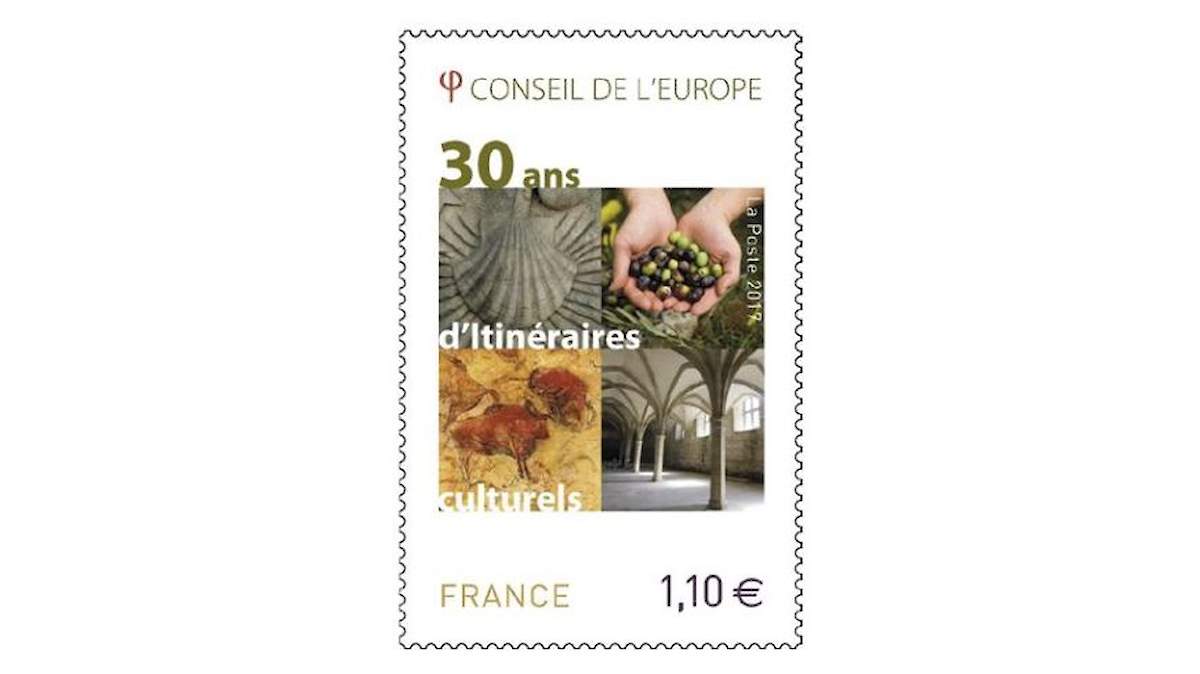
The Camino de Santiago’s 30th Anniversary as a European Cultural Route
Thirty years ago, the Camino de Santiago was designated as the first European Cultural Route by the Councils of Europe. Launched in 1987, the certification “Cultural Route of the Council of Europe” guarantees the excellence of transnational networks showcasing routes of historical, cultural, heritage and social importance. The Cultural Routes demonstrate, by means of journey through space and time, how the heritage of the different countries and cultures of Europe contributes to a shared and living cultural heritage. For the Camino, this certification highlights its historic and cultural importance as a pathway to peaceful cultural exchange and people-to-people understanding beyond borders in Spain.
When this announcement was made in 1987, it created a resurgence in awareness and rise in participation in the Camino. The Council of Europe established a need to revitalize the Way through the following actions:
- Identify the Caminos de Santiago in Europe;
- Signal the main routes through a common emblem;
- Restore and enhance cultural and natural heritage;
- Promote the culture and research of Jacobean history;
- Promote permanent exchange between the territories through which the Camino passes; and
- Promote artistic and cultural creation that disseminates the values of common identity.
The magic of the Camino has become even more accessible to pilgrims around the globe thanks to the Councils of Europe. To celebrate the 30th anniversary, awards ceremonies, concerts, seminars, and other events have been held throughout Spain between October and November this year.
The Council of Europe designation brought modern awareness to the Way. But the magic that it holds is attributable to its 1000 history of weaving together European cultures and the individual energy of the millions of pilgrims who have walked the route for centuries.